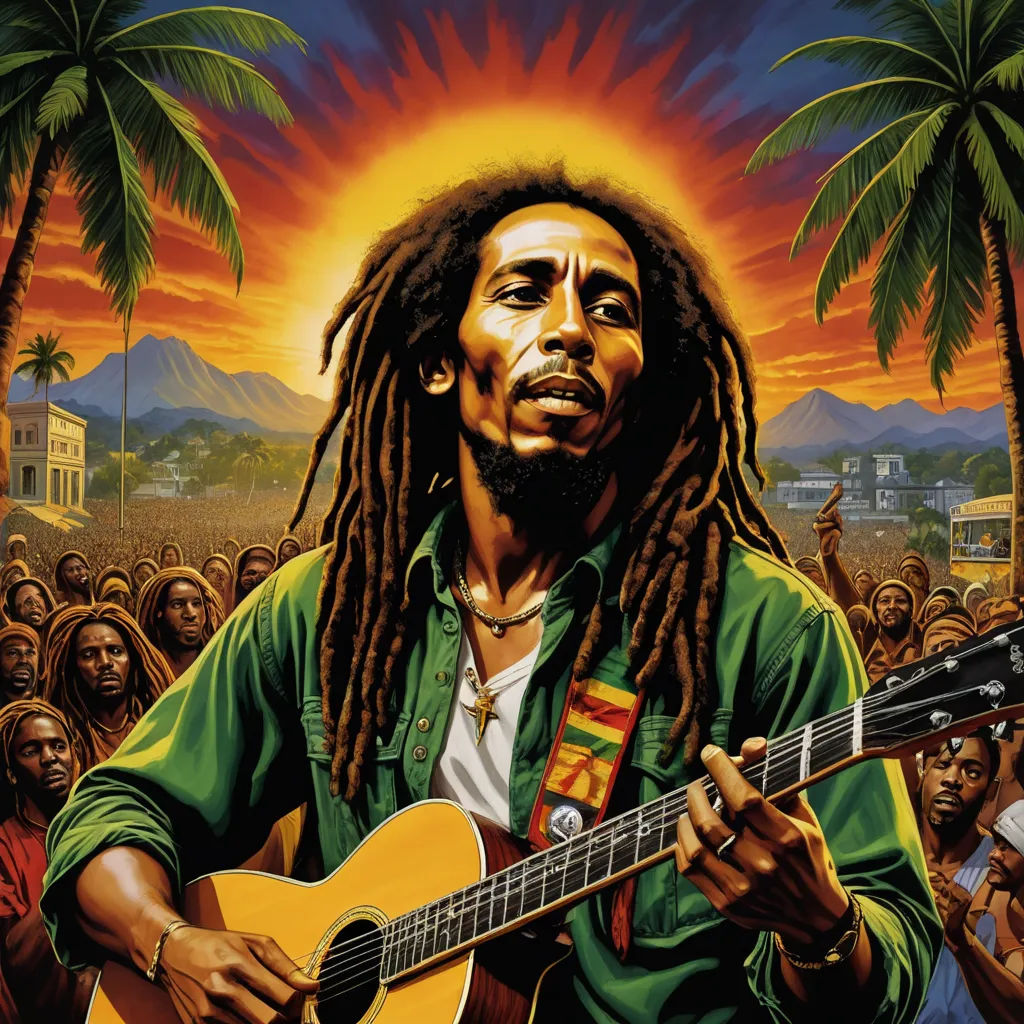
Rhythms of Jamaica
By REGGAE

02 Feb, 2024
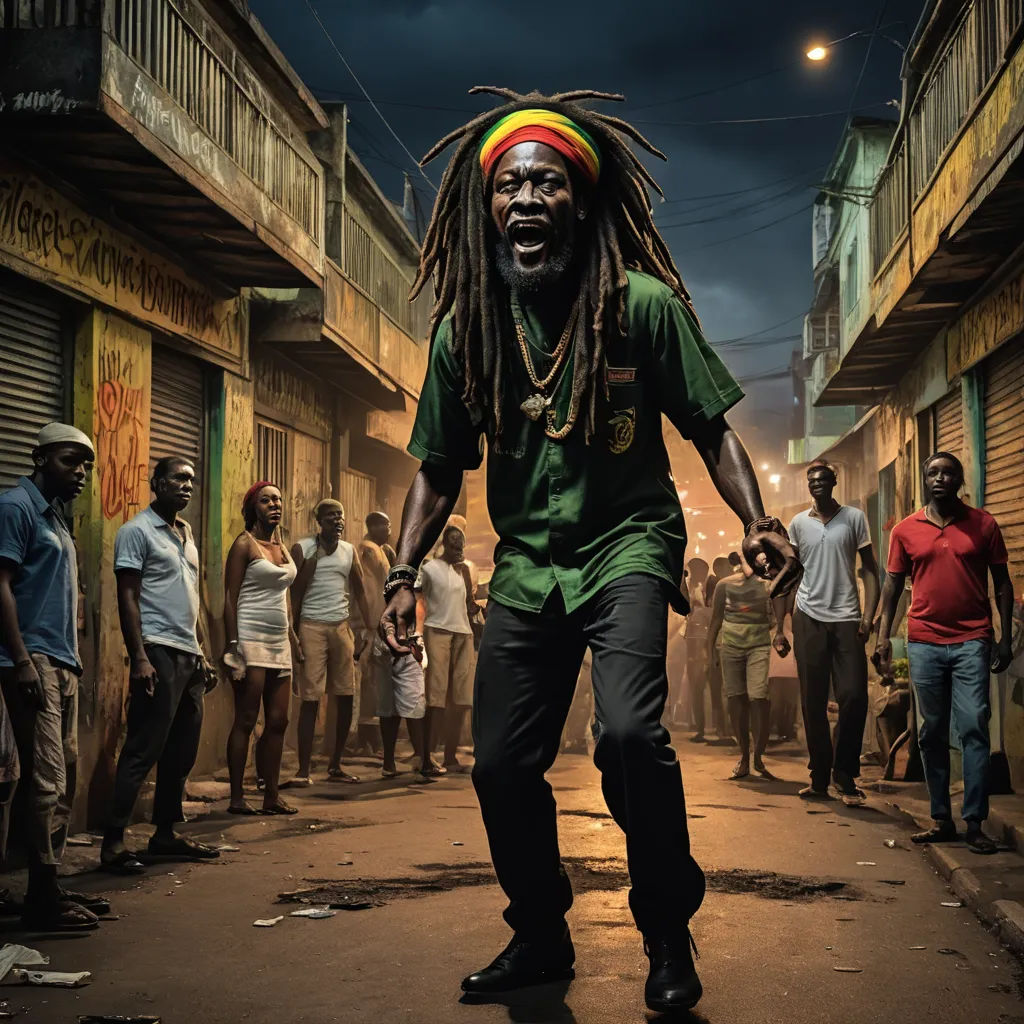
In the heart of Jamaica, in the 1960s, a unique musical rhythm was born, a rhythm that would soon take the world by storm - reggae. The vibrant city of Kingston was its cradle, a melting pot of cultures and experiences that birthed an unforgettable sound.
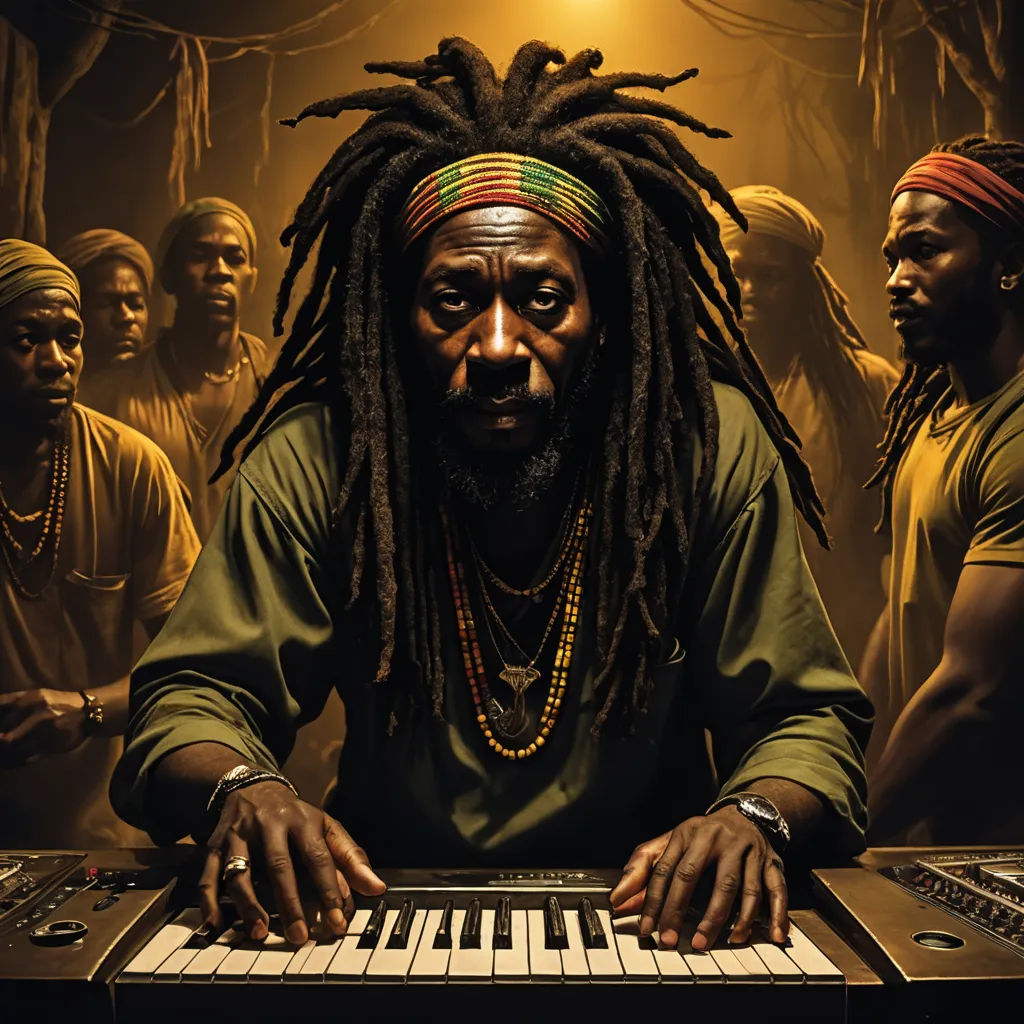
The earliest roots of reggae were deeply embedded in the traditional African beats and Rastafari culture that thrived in Jamaica. These roots were nourished by the influx of American rhythm and blues and jazz, creating a distinctive blend.

The birth of reggae was not merely a musical event; it was a cultural revolution. The lyrics often reflected the struggles and aspirations of the Jamaican people, seeking equality, justice, and freedom.
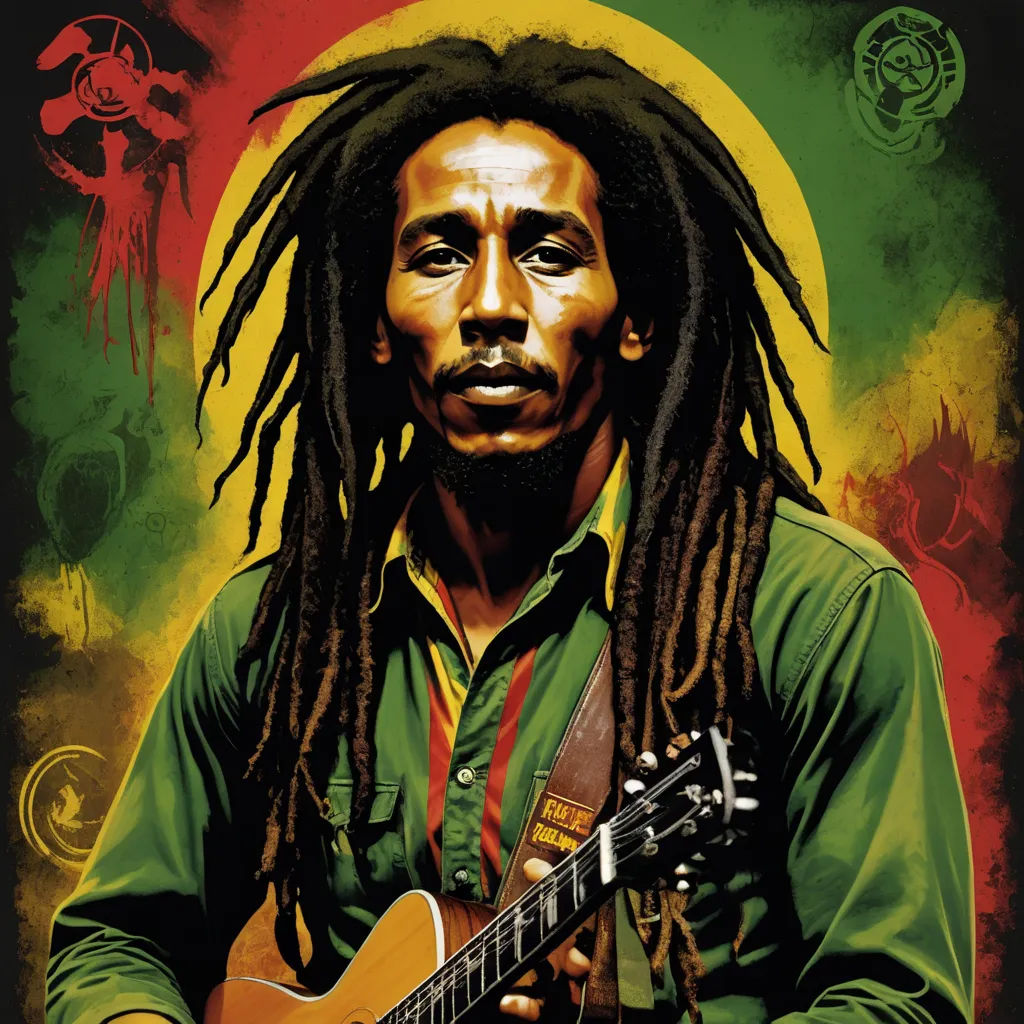
Among the pioneers of reggae was a charismatic artist named Robert Nesta Marley, better known as Bob Marley. His soulful voice and profound lyrics would become synonymous with reggae worldwide.
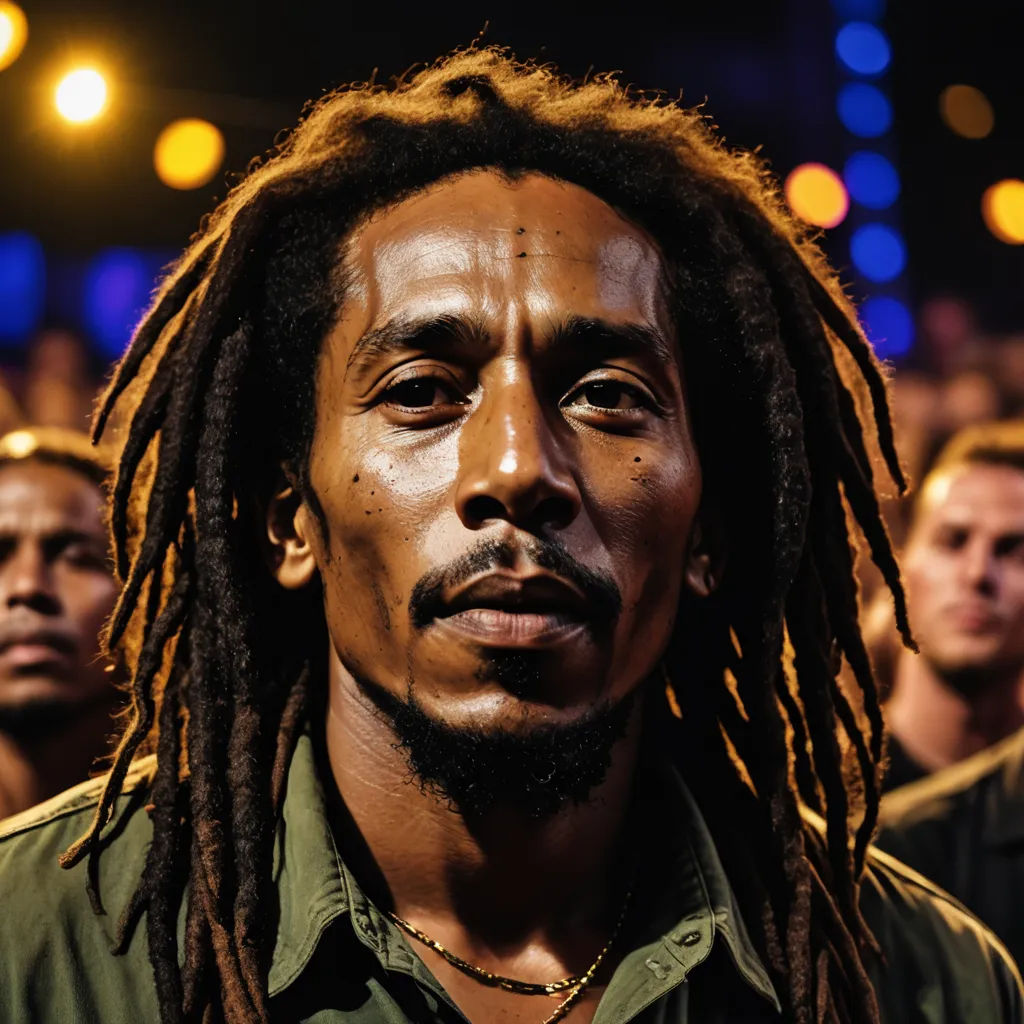
Bob Marley's music was more than just a melody to the ears; it was a message, a cry for social justice. His songs echoed the sentiments of the oppressed, resonating with listeners worldwide.
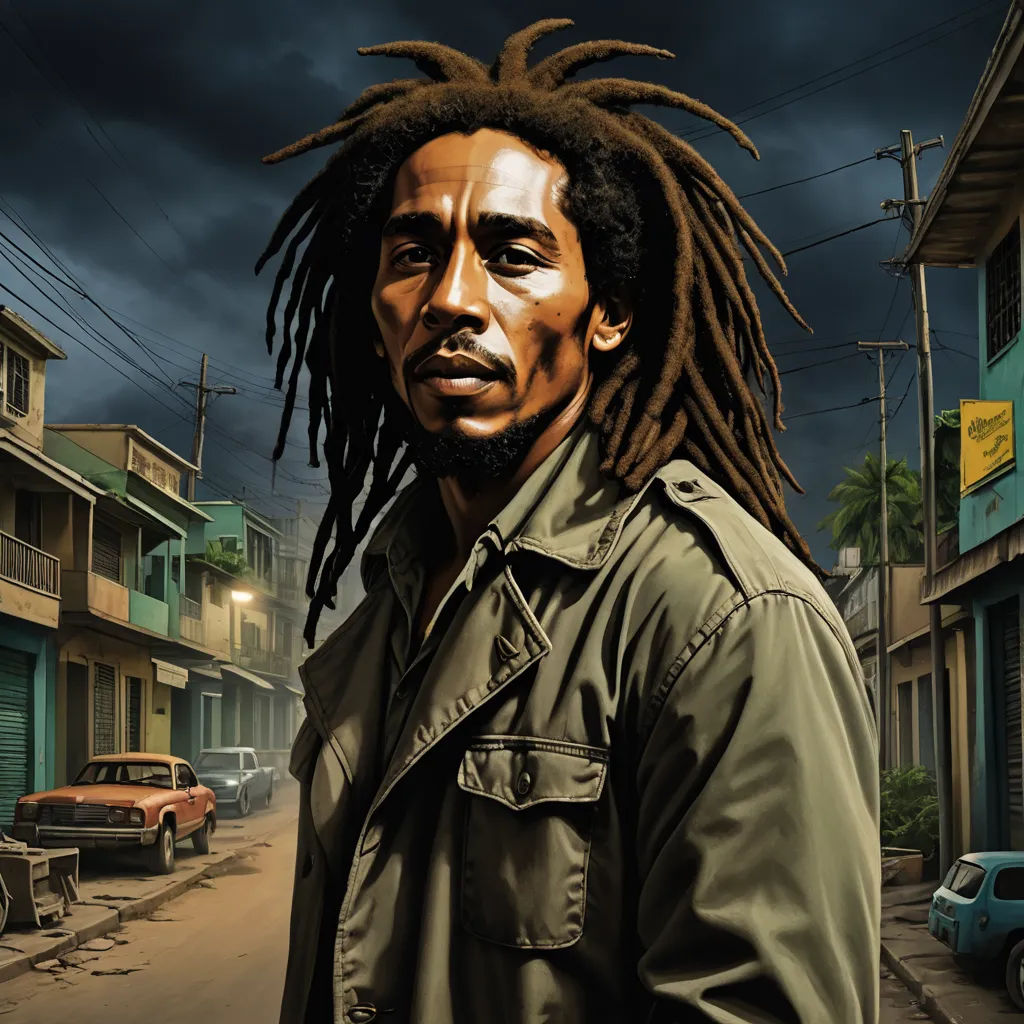
He would often be seen at his favorite hangout, the iconic Trench Town, where he composed most of his songs. Trench Town was the heart of reggae, pulsating with the rhythm of Jamaica.
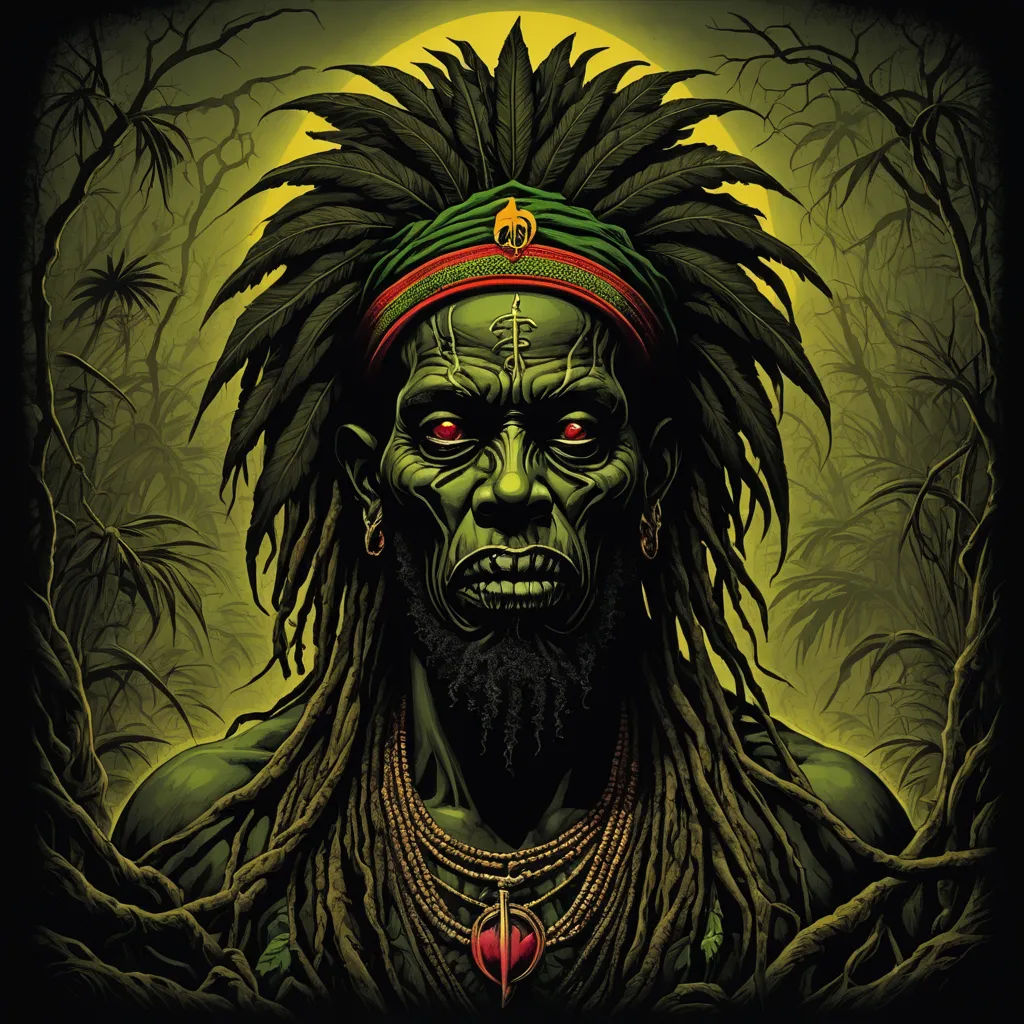
As reggae grew in popularity, it evolved, giving birth to various sub-genres such as roots reggae, dub, and dancehall. Each had its own unique style, but they all carried the soul of reggae.
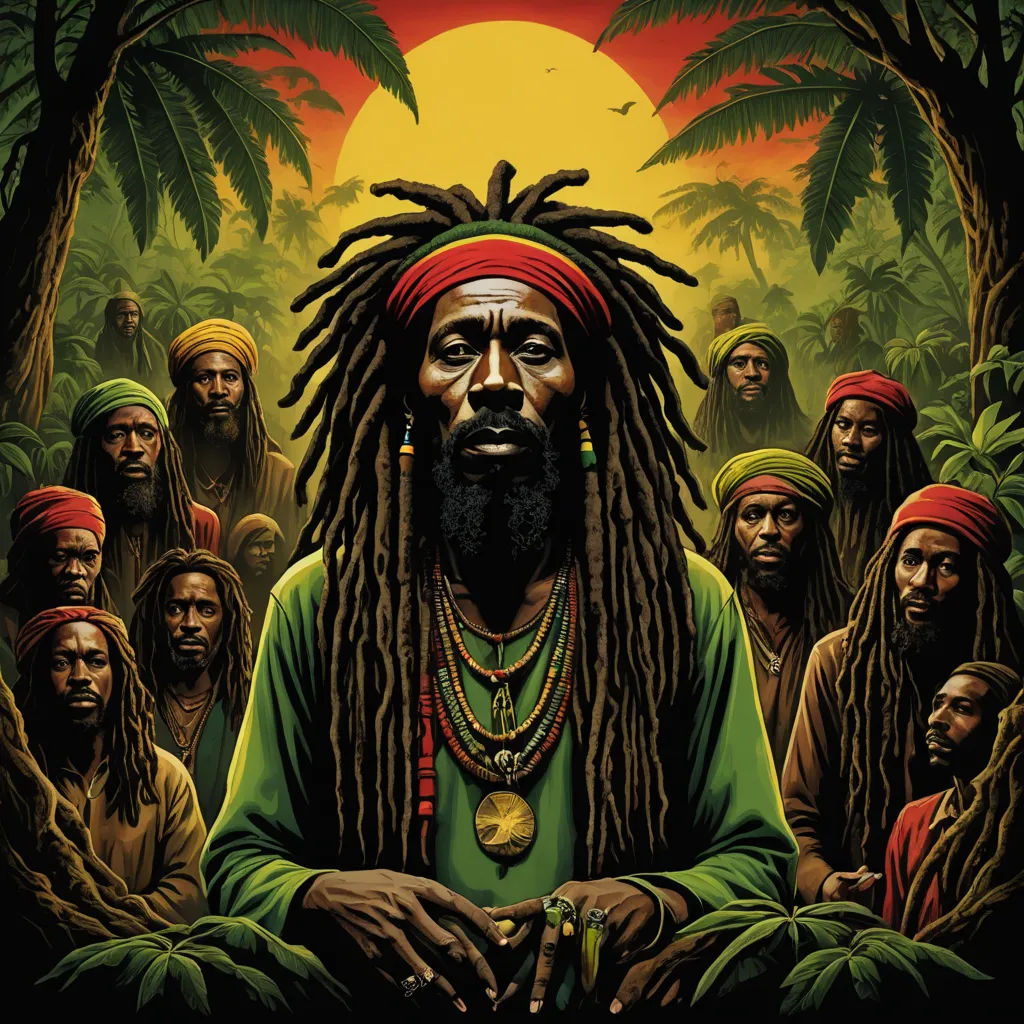
Roots reggae was heavily influenced by Rastafari beliefs, with spiritual and socially conscious lyrics. It was often seen as the purest form of reggae, staying true to its roots.
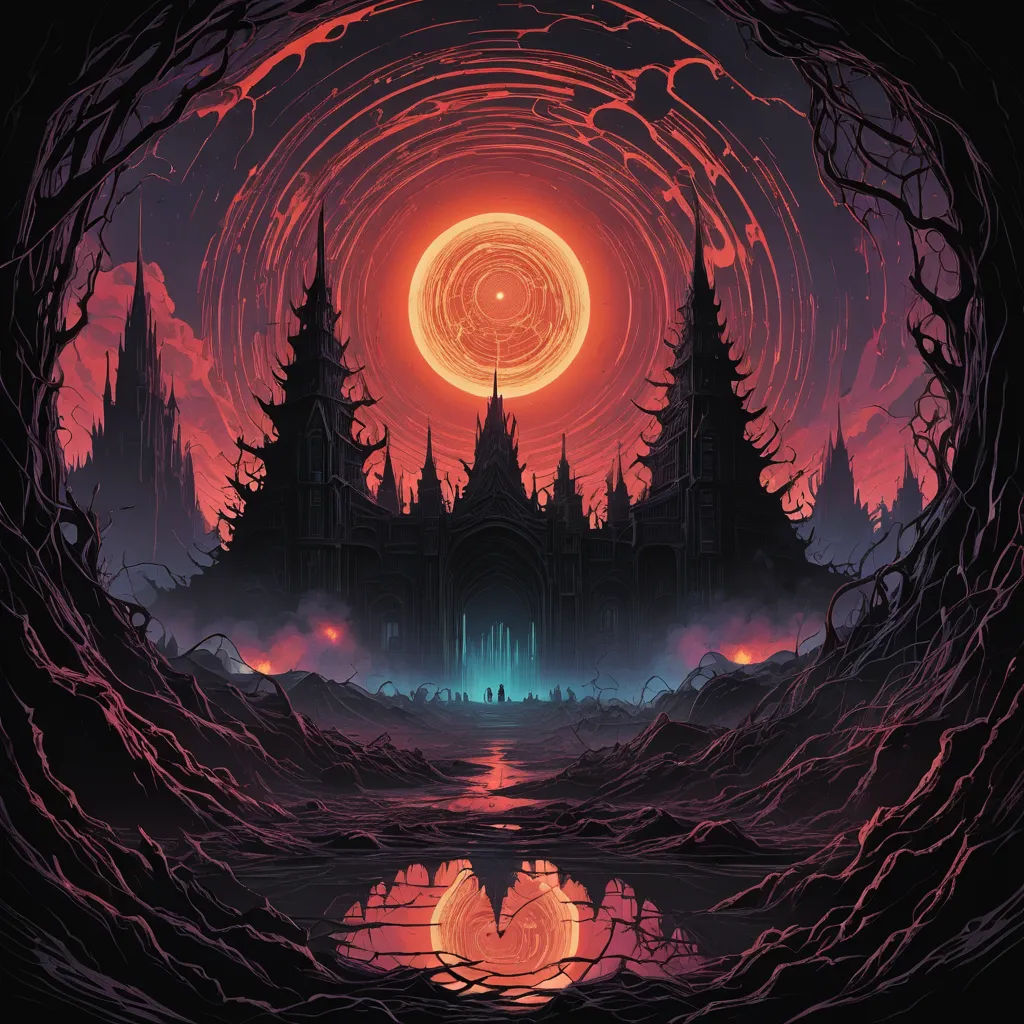
Dub, on the other hand, was a more experimental form. It focused on the instrumental tracks, with heavy bass lines and reverberating beats that created an almost psychedelic experience.
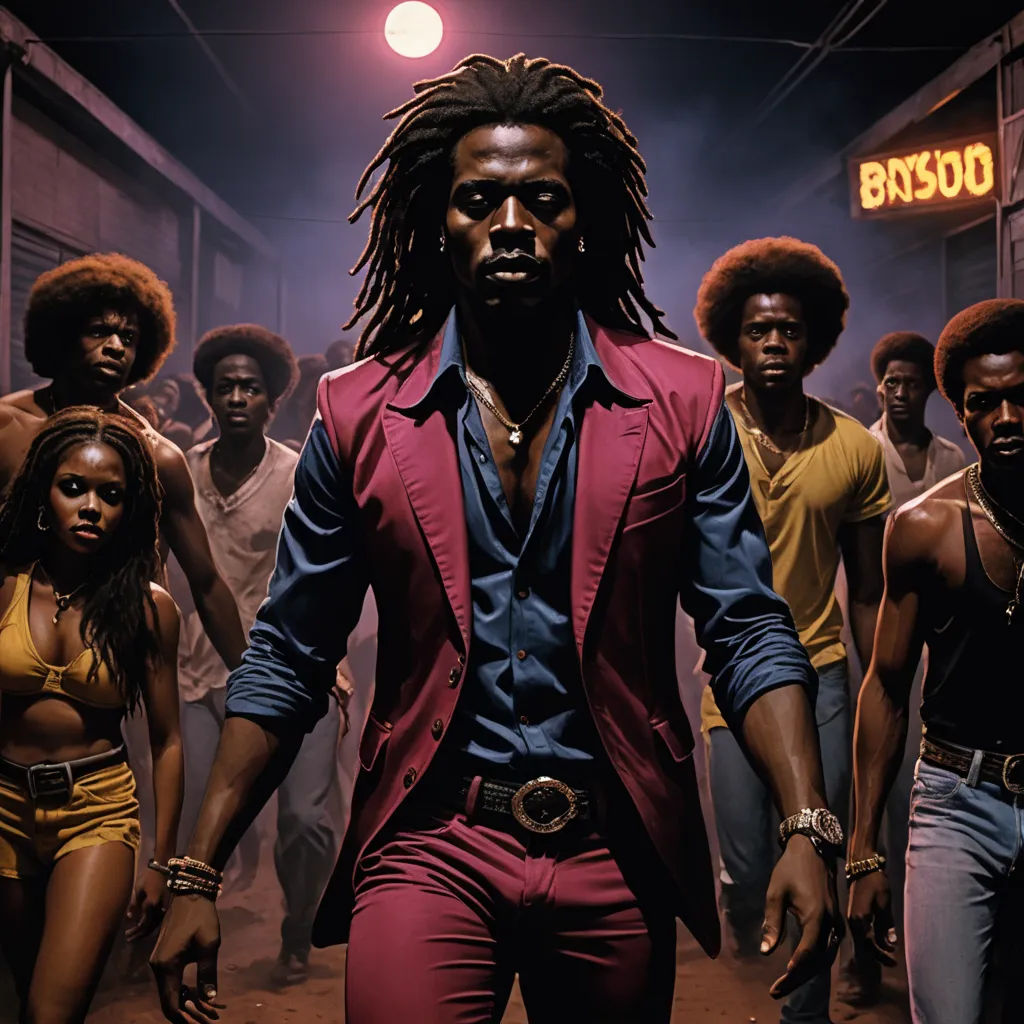
Dancehall, the most modern form of reggae, emerged in the late 1970s. It was a more upbeat, party-oriented genre, with faster rhythms and often risqué lyrics.
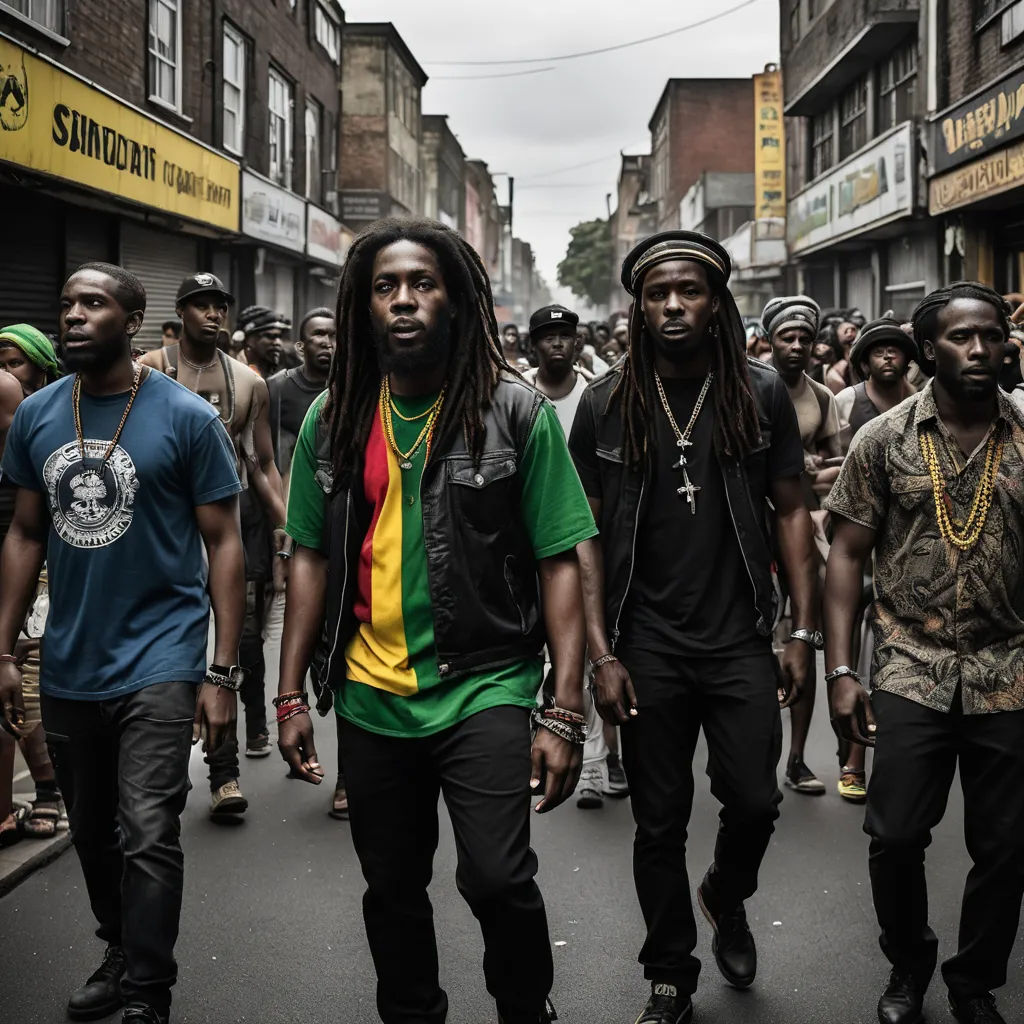
Reggae didn't just stay in Jamaica; it spread across the globe. It found a home in places like the UK and the US, where it influenced other genres like punk and hip hop.
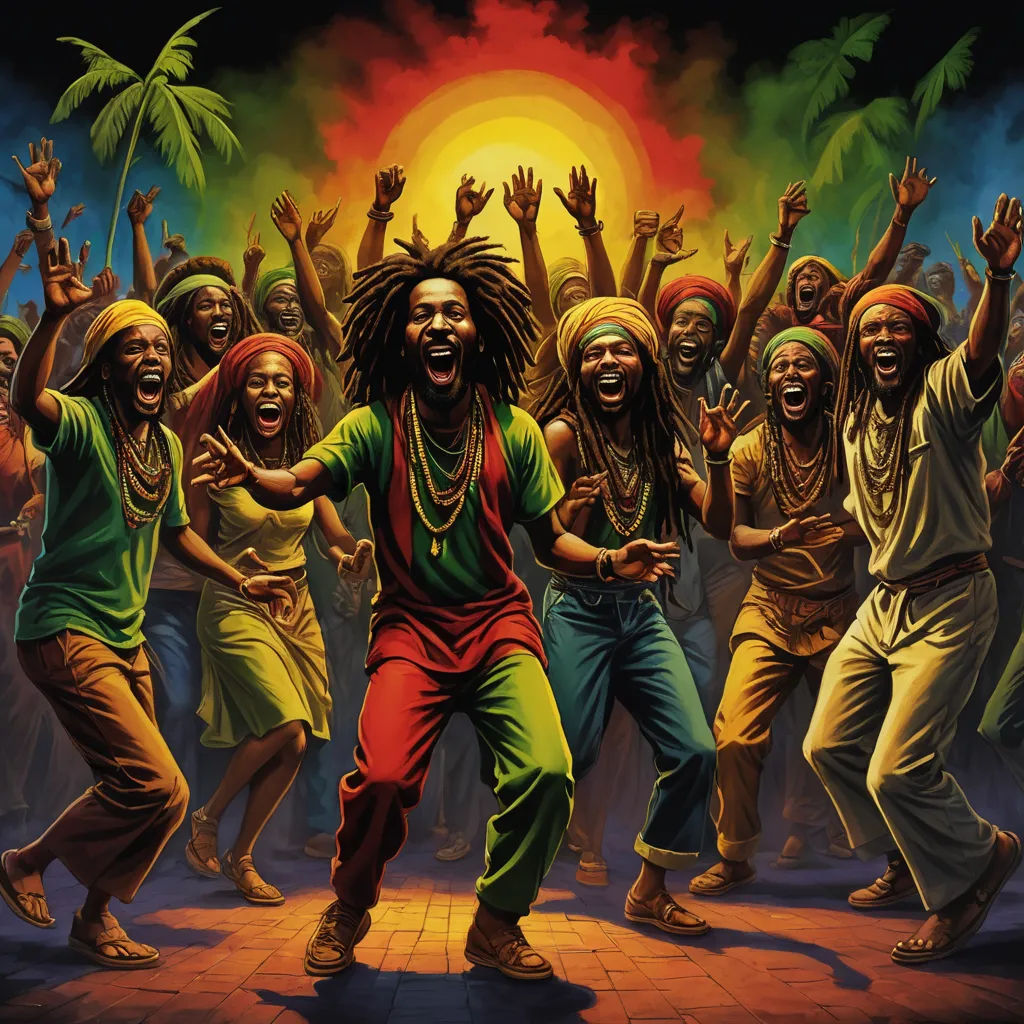
The global success of reggae was a testament to its universal appeal. Despite its deeply local roots, it spoke to people of all backgrounds, breaking down cultural barriers.
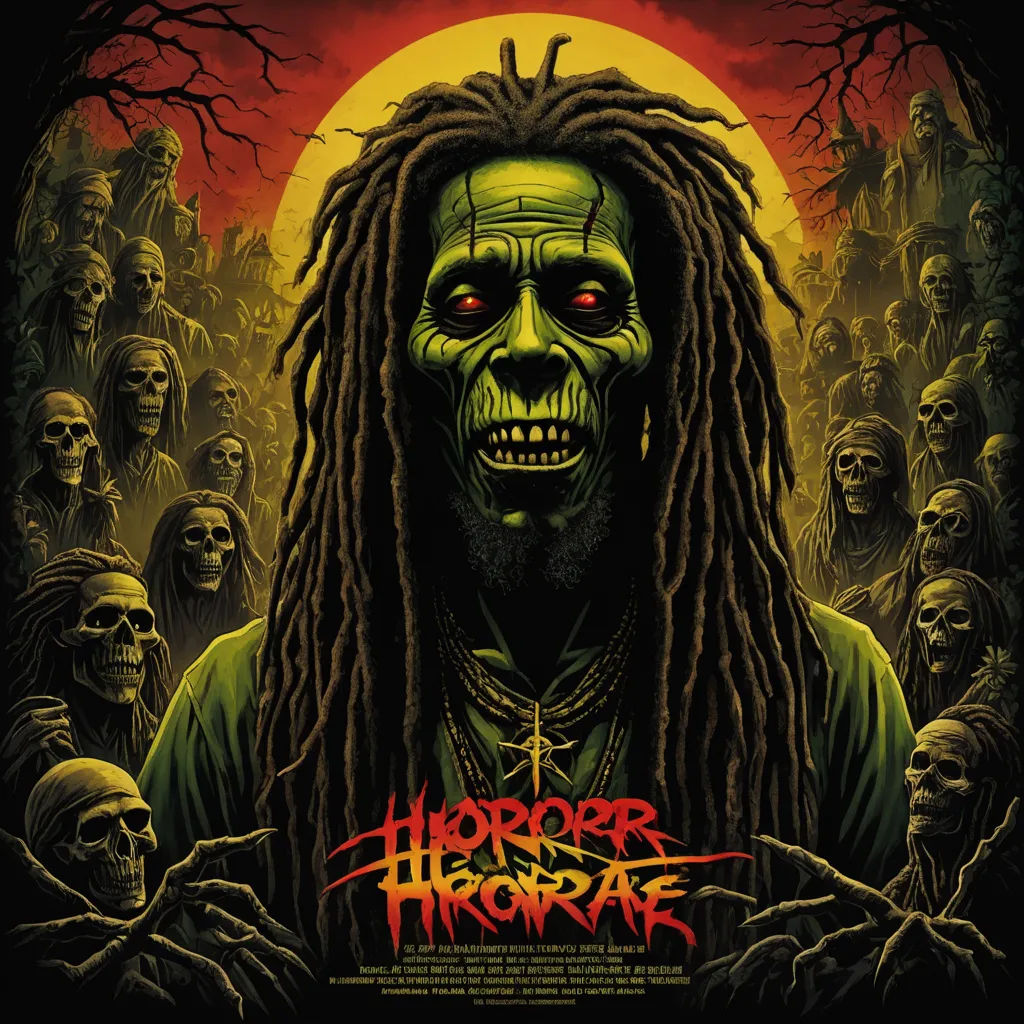
Reggae's impact on the world was not just musical but also social. Its message of peace, love, and unity resonated with people during turbulent times, providing a beacon of hope.

The late Bob Marley remained the face of reggae, even after his untimely death. His music continues to inspire millions worldwide, keeping the spirit of reggae alive.
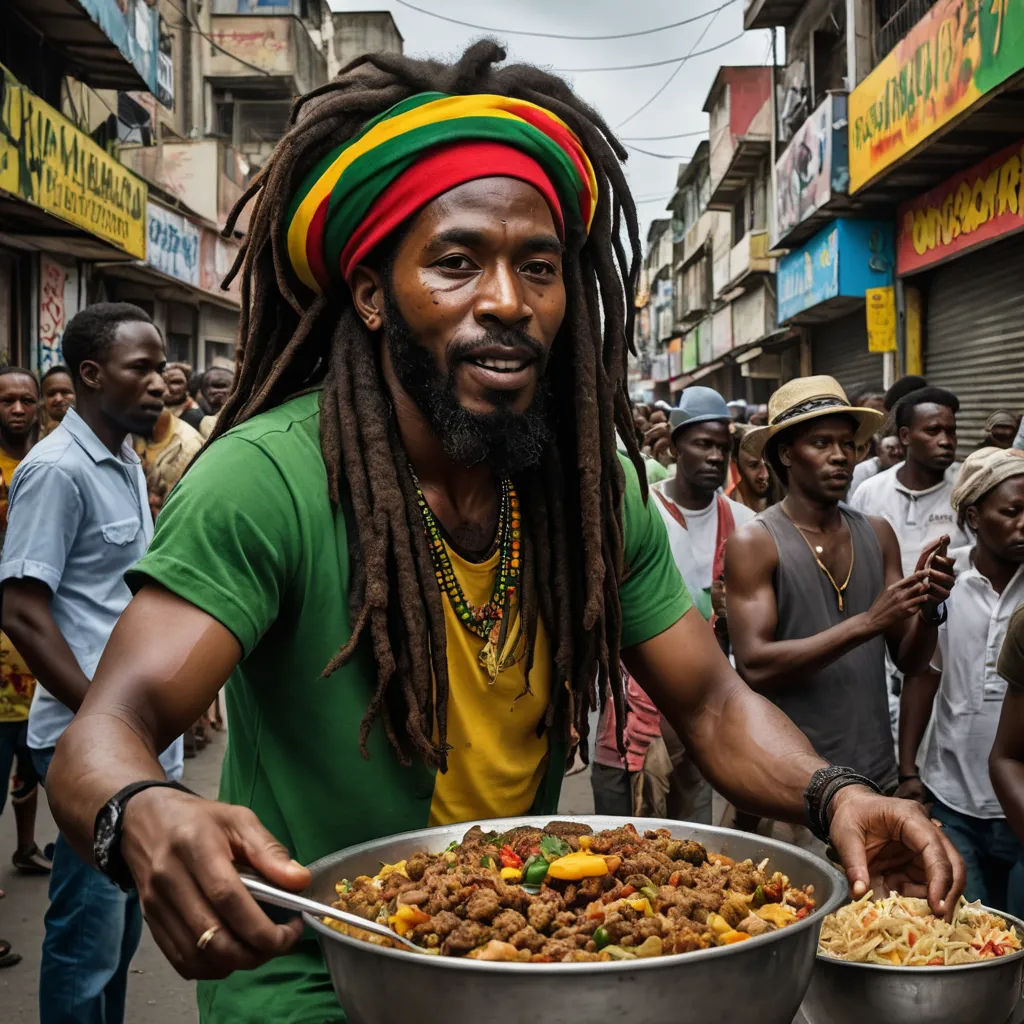
Today, reggae is more than just a genre; it's a global phenomenon, a symbol of Jamaican culture. Its infectious rhythm and powerful message continue to captivate audiences worldwide.
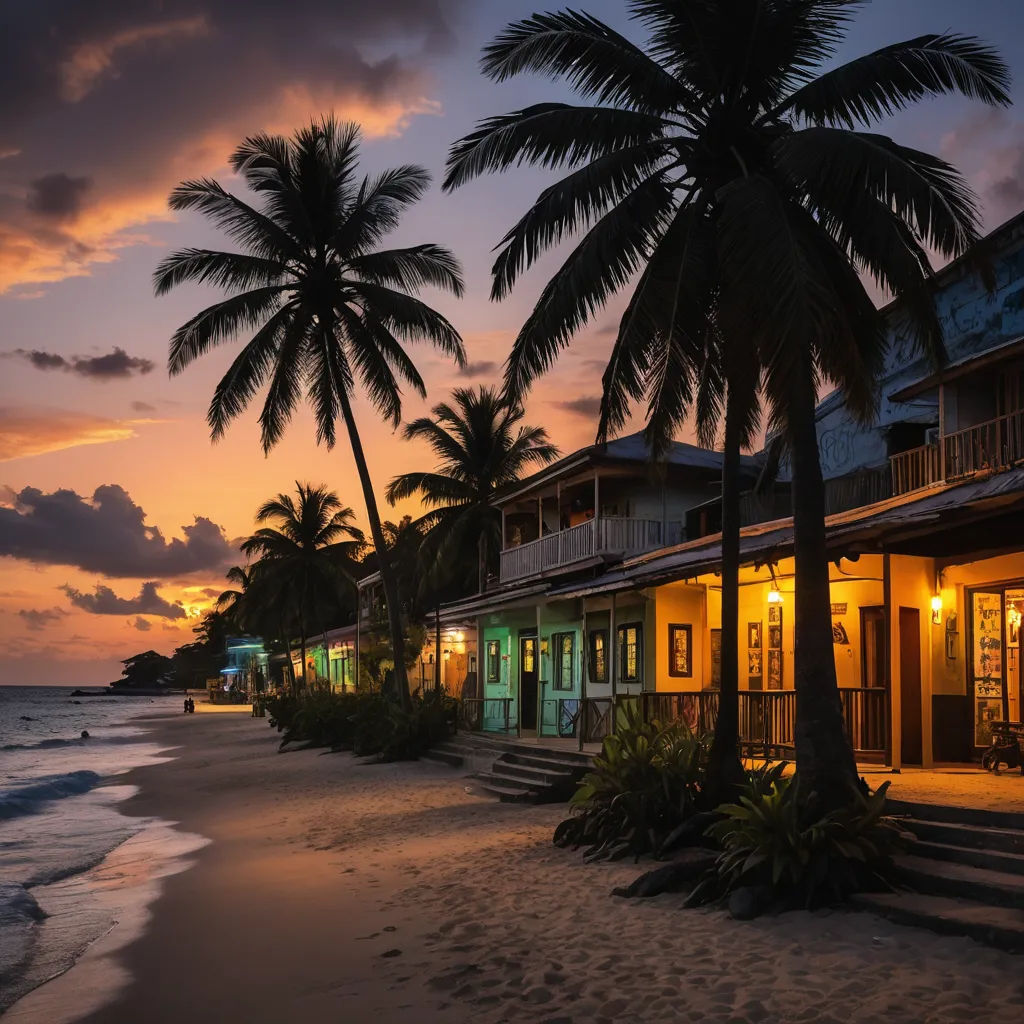
Across Jamaica, the vibrant beats of reggae can still be heard, echoing from the bustling streets of Kingston to the serene beaches of Negril. It's a living testament to the country's rich musical history.
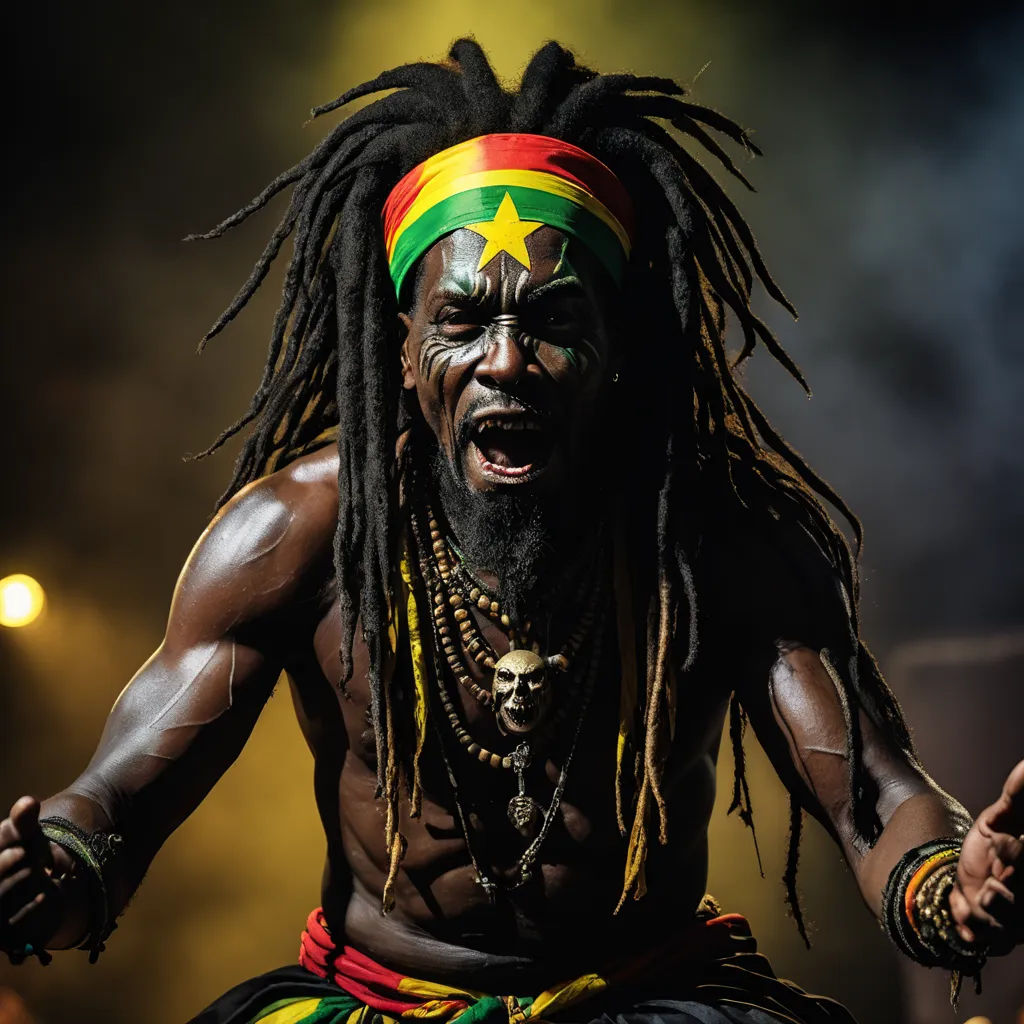
Each year, Jamaica celebrates its musical heritage with the Reggae Sumfest, a week-long festival that attracts reggae lovers from all corners of the globe. It's a celebration of music, culture, and unity.
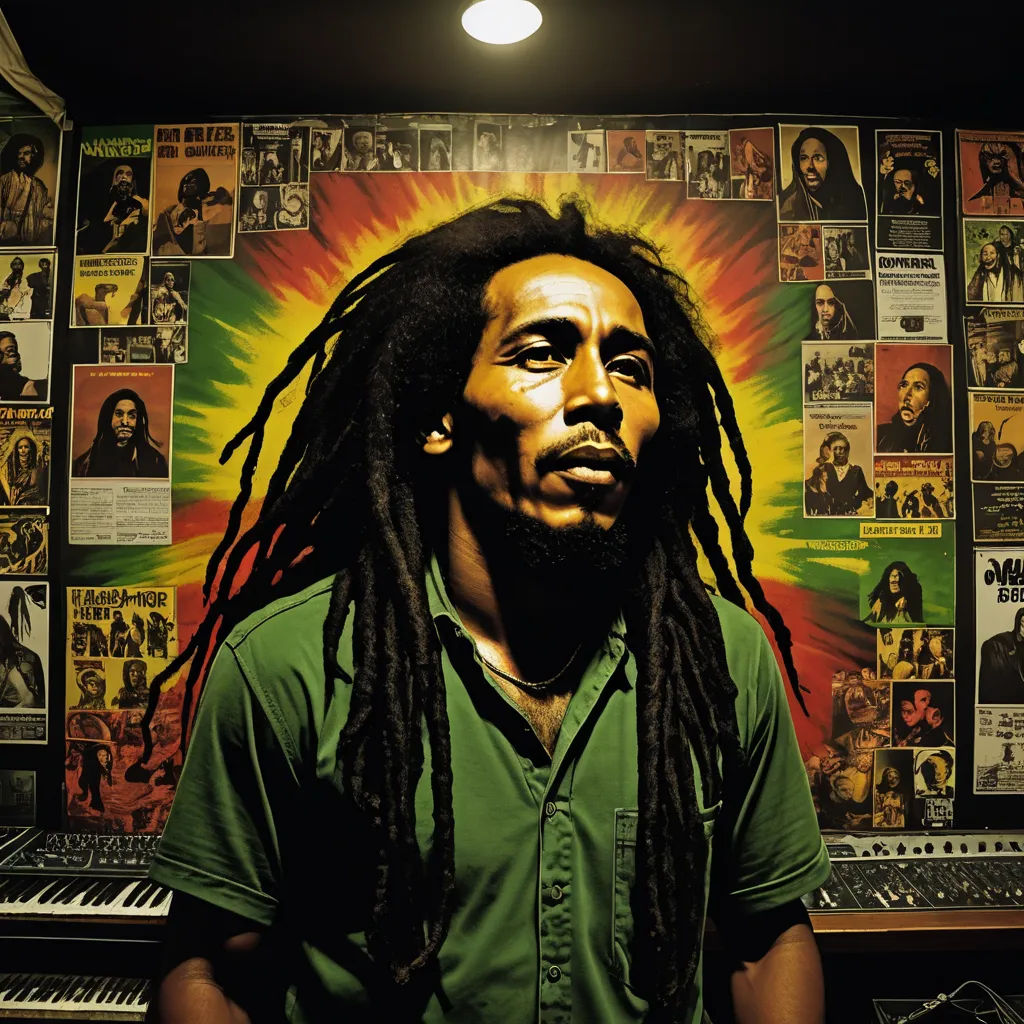
The legacy of reggae continues to thrive, in the music studios of Kingston, in the dancehalls of London, and in the hearts of music lovers worldwide. It's a rhythm that refuses to fade.
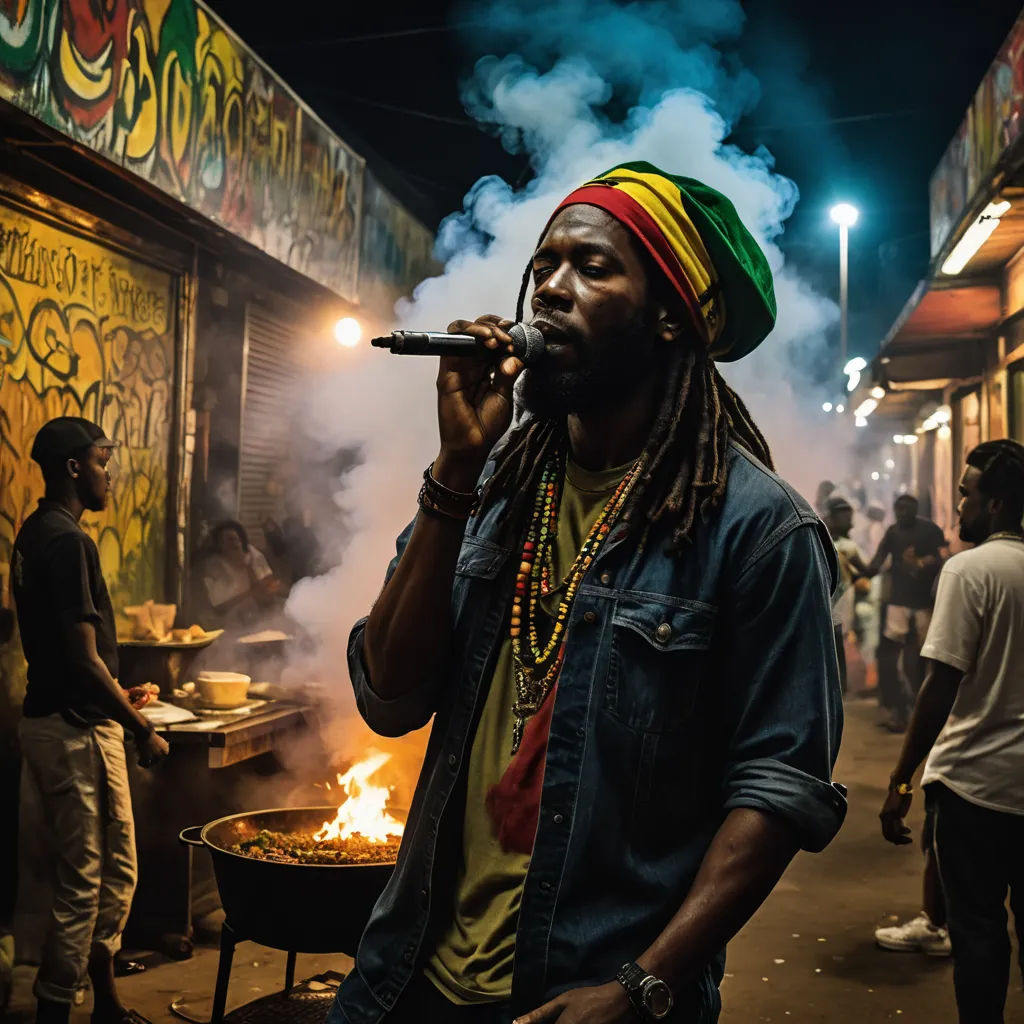
Reggae has indeed come a long way from its humble beginnings in the streets of Kingston. It has grown into a global force, changing the world one beat at a time.

As the sun sets over Jamaica, the island pulses with the rhythm of reggae, a rhythm that speaks of its past, celebrates its present, and looks forward to its future.
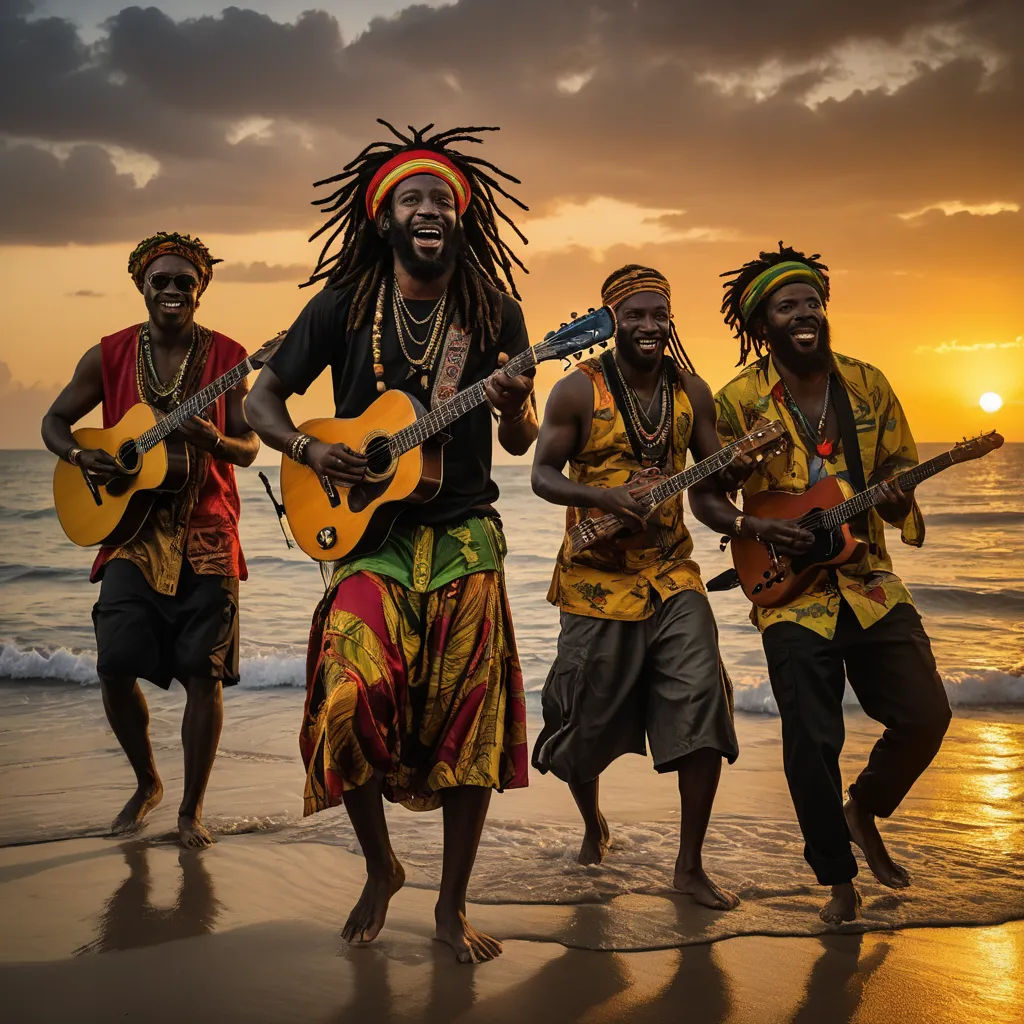
And so, the captivating journey of reggae continues, echoing the rhythms of Jamaica, resonating with the hopes and dreams of its people, and inspiring the world with its timeless message.